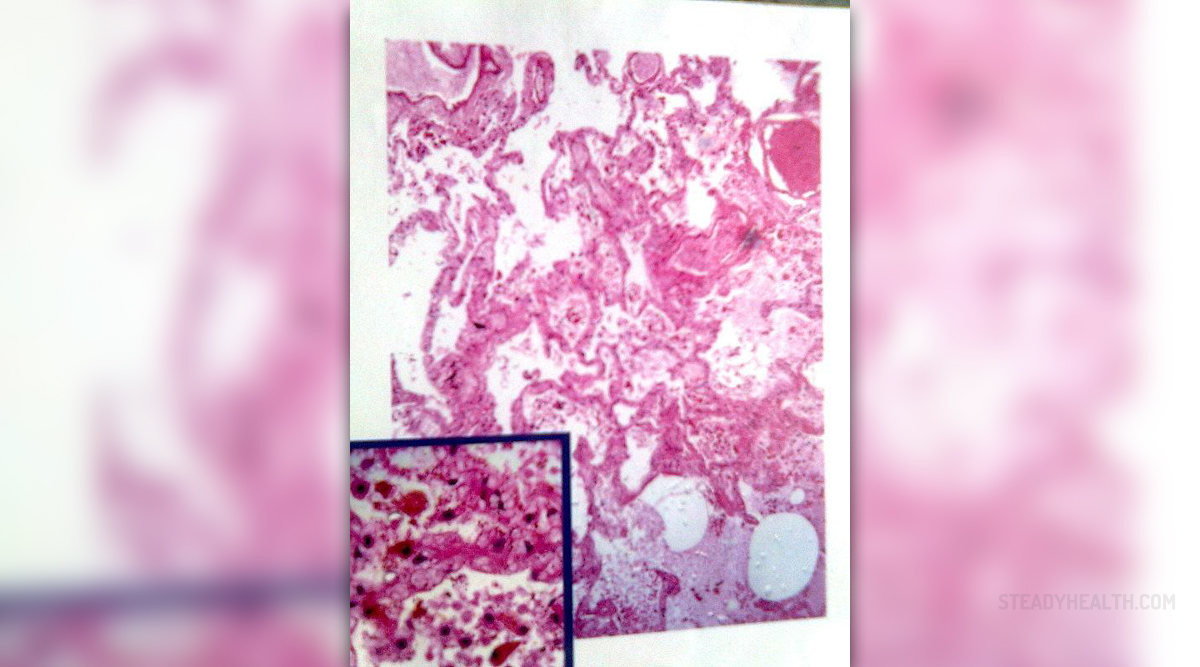
Tracheitis is a medical term for inflammation of the trachea (the windpipe), a tube that leads from the larynx / pharynx and continues with two principal bronchi (parts of the lungs). This tube allows free passage of air during respiration. Its inflammation may cause different health issues and croup-like symptoms (barking cough, stridor etc.).
Causes of Tracheitis
The infection is predominantly caused by bacteria. The inflammation rarely stays localized on the trachea. Instead, it also affects nearby organs such as the larynx and bronchi. The narrowest part of the trachea (the level of the cricoid cartilage) is the major site of the inflammation.
This inflammation is more reported in pediatric patients because of the size and the shape of their trachea. In such individuals the subglottis is the narrowest part of the airway and it can be easily be affected.
It is assumed that bacterial tracheitis represents only the secondary infections and that initial damage to the lining of the organ is caused by previous viral infection. Bacterial tracheitis is also closely associated with previous intubation and trauma to the airway.
Clinical Characteristics of Tracheitis
Patients suffering from tracheitis have recently developed upper respiratory infection. The cough that has not been so intensive in the beginning develops into deep or barking croup cough. There is also inspiratory stridor (crowing sound that occurs while inhaling), scratchy sensation in the throat, fever and several more symptoms and signs such as chest pain, ear ache, headache and dizziness. Severe edema of the trachea may be responsible for difficulty breathing.
Treatment for Tracheitis
The approach when it comes to tracheitis must be adequate and adapted to patient's age.
The initial care is related to the airway. Namely, the primary goal is maintenance of an adequate airway. It is significant not to additionally agitate the child (or an adult patient) because the symptoms may only aggravate. Such individuals may benefit from bag-valve-mask ventilation. In severe cases patients must undergo intubation. After stabilization of the airway patients receive medicamentous therapy. They are treated with antibiotics such as a third-generation cephalosporins or penicillinase-resistant penicillins.
While minor bacteria tracheitis can be treated at home with suitable antibiotics, patients with severe symptoms and complications require hospitalization. Severe breathing difficulty must be treated in an intensive care unit. In case intubation has not managed to control breathing issues, patients may require more aggressive approach including tracheotomy, a procedure during which the doctor makes an incision on the anterior part of the neck and the underlying trachea, inserts a tube and this way helps the patient to breathe.


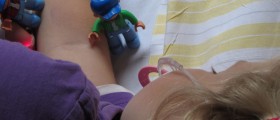



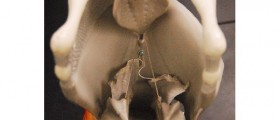
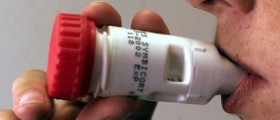
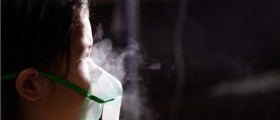






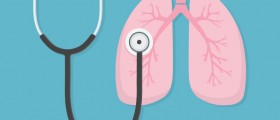

Your thoughts on this
Loading...